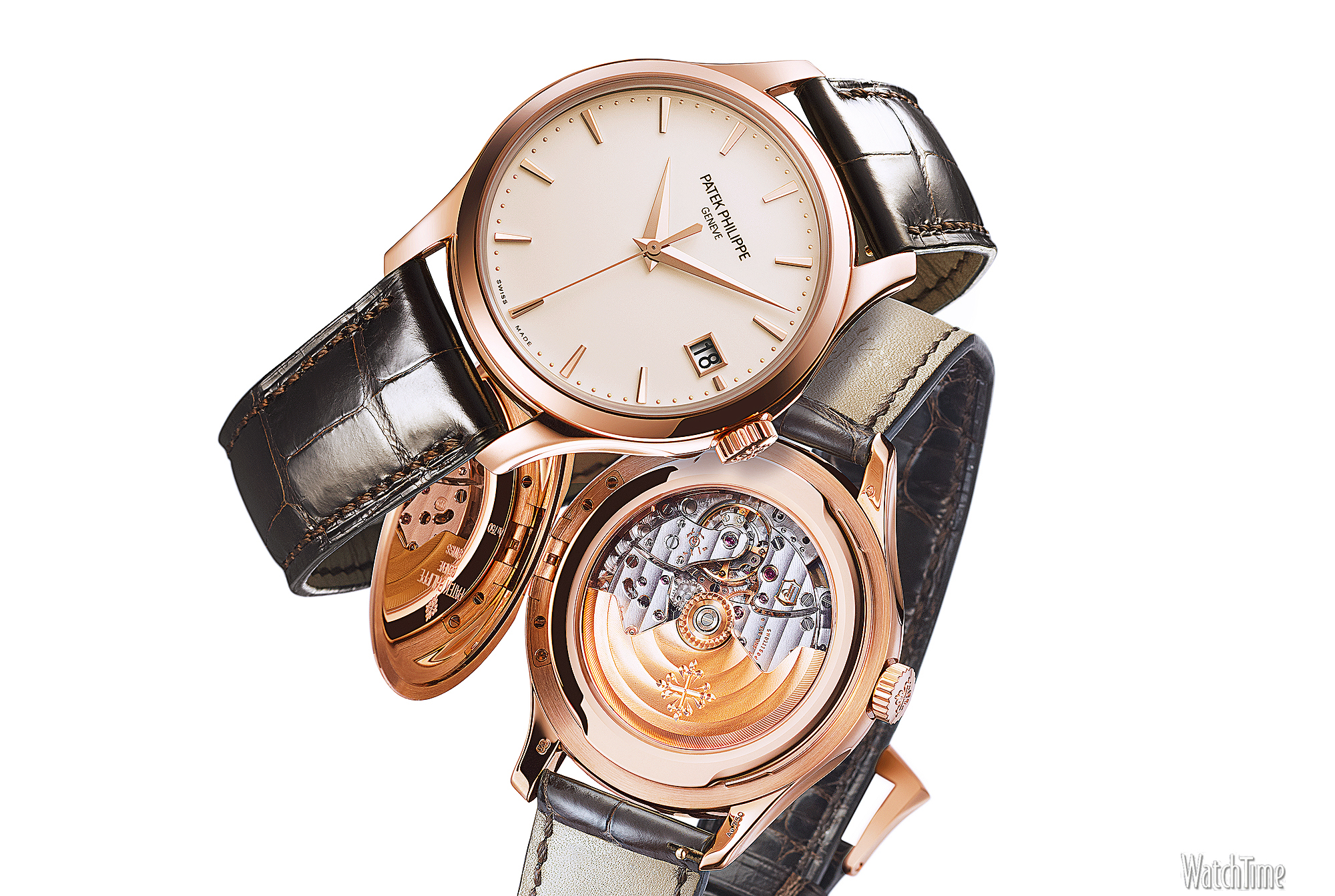
5738/50P-001 Golden Ellipse, made to commemorate 50 years of the brand’s second oldest watch. Originally fitted with a manually-wound movement, the extraordinarily slim watch was powered by the legendary ultra-thin caliber 240 in 1977, and automatically wound by a mini rotor that was completely integrated into the movement.Ī ladies’ model in 1993 saw double ellipses when its strap lugs were rendered in the same shape as the case, and in 2008, a jumbo model in platinum with a sunburst blue-gold dial was revealed to celebrate 40 years.įifty years on, and the cult following of Patek Phillipe’s lesser-known golden child has shown no signs of slowing down, especially when the brand has unveiled two new versions for its anniversary.

Its aesthetics weren’t the only factor that made the Golden Ellipse contemporary for its time. The famous shape also found its way onto cufflinks, rings and lighters. Then Patek Philippe got adventurous and fused it with other case shapes (like the Nautilus Ellipse version), and swapped the indexes for Roman numerals. It came with different metal bracelets and leather straps, alongside a playful spectrum of dial colours. The Great Pyramid of Giza, the human body, and even the Apple logo follow this enigmatic design philosophy.īy the late ‘70s, the Golden Ellipse had spawned 65 different versions in different sizes and precious metals, each lending the watch a distinctive edge. Unsurprisingly, this attractive ratio (1: 1.6181…) is found in nature (the spiral arrangements of leaves), and used fervently in the works of decorated 20th-century artists and architects like Le Corbusier and Dali. 5738P, which launched in 1968.Ī cross between a circle and rectangle, the unusual but balanced proportion is based on the principle of the Golden Ratio, an ancient - almost divine - formula that was first discovered by Greek mathematicians. The very first Golden Ellipse made was the REF. The simplicity of the dial didn’t matter, because the highlight was its bold elliptical case. With a distinctly calm appeal, it had a face that only indicated the hours and minutes, and 12 indexes set against a blue dial with a mysteriously deep shimmer. Patek Philippe’s Golden Ellipse was clearly an antithesis of the sign of the times. Citizens of socialist countries began to speak out against the lack of freedom of speech and civil rights. The US military’s Operation Rolling Thunder caused devastation in Vietnam, and civil rights and student movements in France brought the economy to a standstill for more than a week. The symbolic design was first fearlessly unveiled to the world in 1968, during a time of civil unrest. 5738P, an enlarged version made with platinum and with a vibrant azure dial.Īs the second oldest watch in the Patek Philippe family after the Calatrava, the Golden Ellipse is easily the brand’s best kept secret, having been overshadowed by its louder (and rounder) counterparts over the years.

Stripped of all ostentation, its Golden Ellipse has become an icon in its own right thanks to one simple design element: The shape of its case. This usually involves outfitting the watch with more than one complication, incorporating a blinding amount of bling, or utilising enamelling techniques you’ll struggle to pronounce.īut not Patek Philippe. The modus operandi of high end watches today generally relies on a few things to ensure maximum wow factor and flair.


 0 kommentar(er)
0 kommentar(er)
